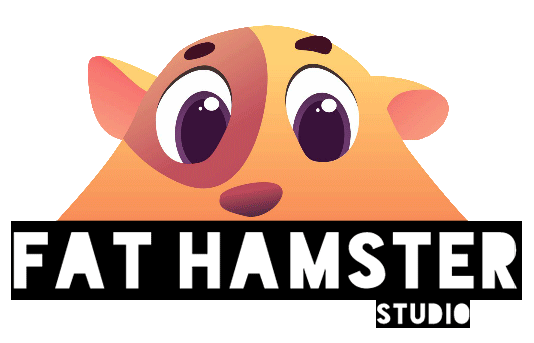The ability to breathe life into two-dimensional characters is a timeless and enthralling skill in the realm of animation. Although 2D animation has changed over time, its principles still form the basis of all captivating cartoons, from contemporary animated series to beloved Disney movies. Whether you’re a novice or an experienced animator, learning the fundamentals is crucial to producing visually attractive and captivating animations. We’ll go over the essential principles of 2D animation in this tutorial and offer advice on how to improve.
Understanding the Principles of Animation
The principles of animation, established by Disney animators Frank Thomas and Ollie Johnston, form the foundational guidelines for creating exceptional 2D animations. These principles encompass various key aspects, such as Squash and Stretch, which imparts weight and volume to characters through exaggerated shapes during movement. Anticipation involves preparing the audience for an action with a small movement in the opposite direction, while Staging emphasizes the importance of clear presentation for effective storytelling. Follow Through and Overlapping Action add realism by ensuring different parts of a character’s body move at different rates, and Slow In and Slow Out mimic real-world physics by gradually starting and stopping objects and characters. Arcs introduce a touch of realism by following arced trajectories, and Timing involves controlling the speed and spacing of animations to convey a character’s weight and emotions effectively. Finally, Exaggeration enhances characters and actions by exaggerating features or movements, contributing to the overall essence of the animation.
Mastering Character Design
In animation, a well-designed character serves as the centerpiece, whether it’s a fantastical creature or a relatable human. The fundamentals of character design are pivotal in this process, emphasizing key aspects. Silhouette recognition ensures characters remain identifiable even in fast-paced animations, contributing to visual clarity. Creating characters with appeal is crucial for fostering audience connection and empathy. Expressive poses and facial expressions play a vital role in conveying emotions, encouraging experimentation to elicit desired reactions. Consistency in character design is paramount to prevent confusion, ensuring a cohesive and recognizable portrayal throughout the animation. These principles collectively underscore the importance of thoughtful character design in the heart of any animated creation.
Meticulous Storyboarding
Before commencing the animation process, it is crucial to create a detailed storyboard, functioning as a blueprint for the animation. This planning step is essential for organizing the sequence of scenes and ensuring a cohesive flow in the final product. When developing the storyboard, special attention should be given to shot composition, requiring thoughtful framing that considers principles like the rule of thirds and other composition techniques to enrich visual storytelling. Additionally, meticulous attention to pacing is necessary, involving the determination of timing and rhythm throughout the animation, aligning them with the intended narrative tone. Lastly, emphasis on creating smooth transitions between scenes is paramount, contributing significantly to a seamless and engaging viewing experience.
Effective Use of Timing and Spacing
Achieving mastery in 2D animation requires a keen understanding of timing and spacing, which are defining characteristics of exceptional animators. To convey the weight, speed, and emotions of characters effectively, it is crucial to experiment with various timings. This involves recognizing the significance of keyframes and in-between frames, which are essential for ensuring smooth and believable motion. Additionally, incorporating techniques such as easing in and out, involving gradual acceleration and deceleration, contributes to a more natural and fluid animation. Furthermore, animators should explore the integration of secondary motion, as it adds depth and complexity to scenes, enhancing the overall visual appeal of the animation
Embracing Technology
In contemporary animation, software has become an essential asset, offering animators the means to elevate both their workflow efficiency and the overall quality of their animations. Embracing technology involves exploring key tools such as digital drawing tablets, which facilitate precise and natural drawing, enriching the digital creation process with a hands-on feel. Additionally, proficiency in widely used animation software like Adobe Animate, Toon Boom Harmony, or OpenToonz is crucial for animators to harness the full potential of their creative capabilities. Moreover, mastering layering techniques within these software platforms enables animators to organize and streamline their animation processes, enhancing the complexity and visual depth of their creations.
Conclusion
Mastering the basics of 2D animation is a journey that requires patience, practice, and a deep appreciation for the art form. By understanding the principles of animation, perfecting character design, creating meticulous storyboards, mastering timing and spacing, and embracing the technological tools at your disposal, you’ll be well on your way to creating captivating 2D animations. So, pick up your digital pen, open your animation software, and let your creativity flow as you embark on the exciting adventure of mastering 2D animation fundamentals.





